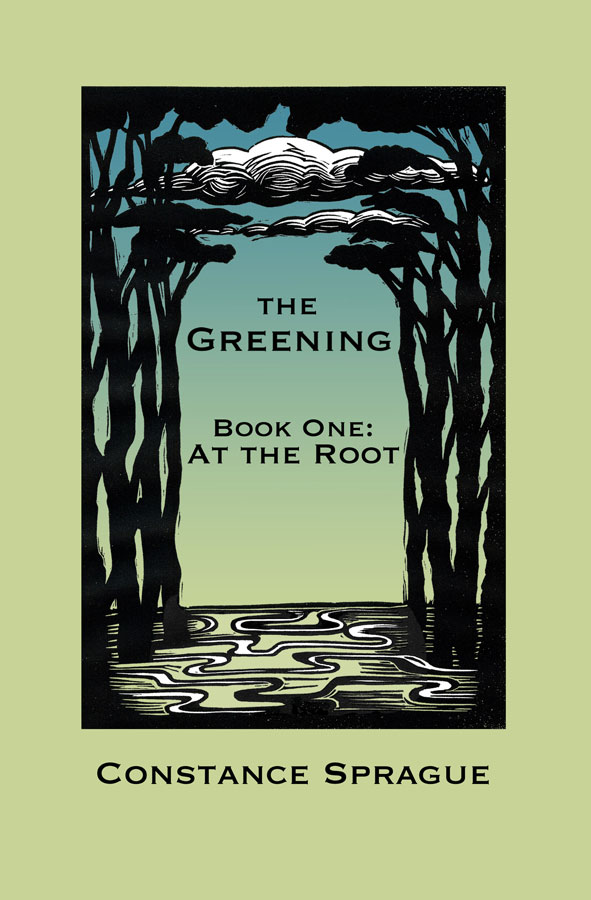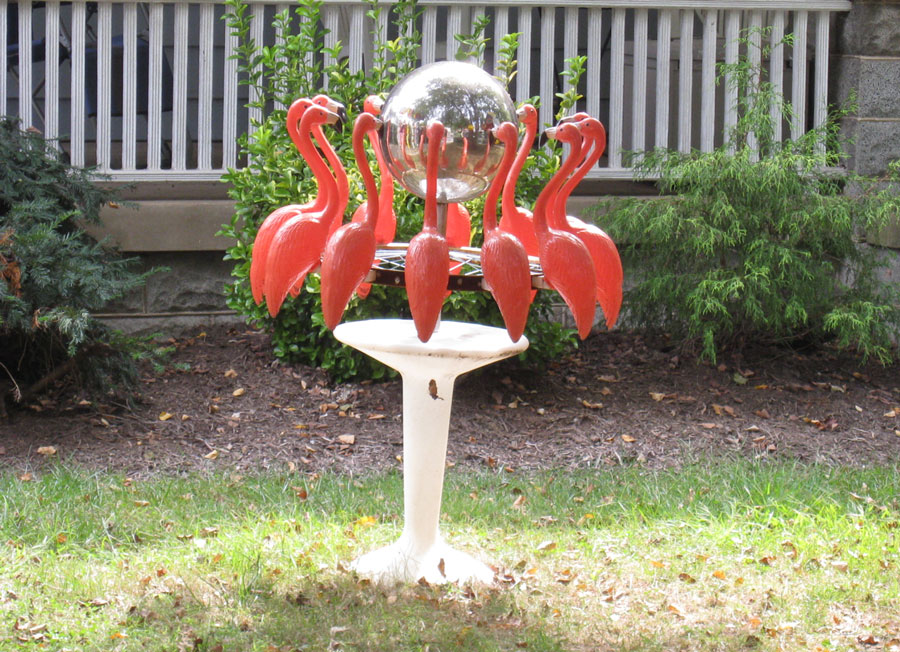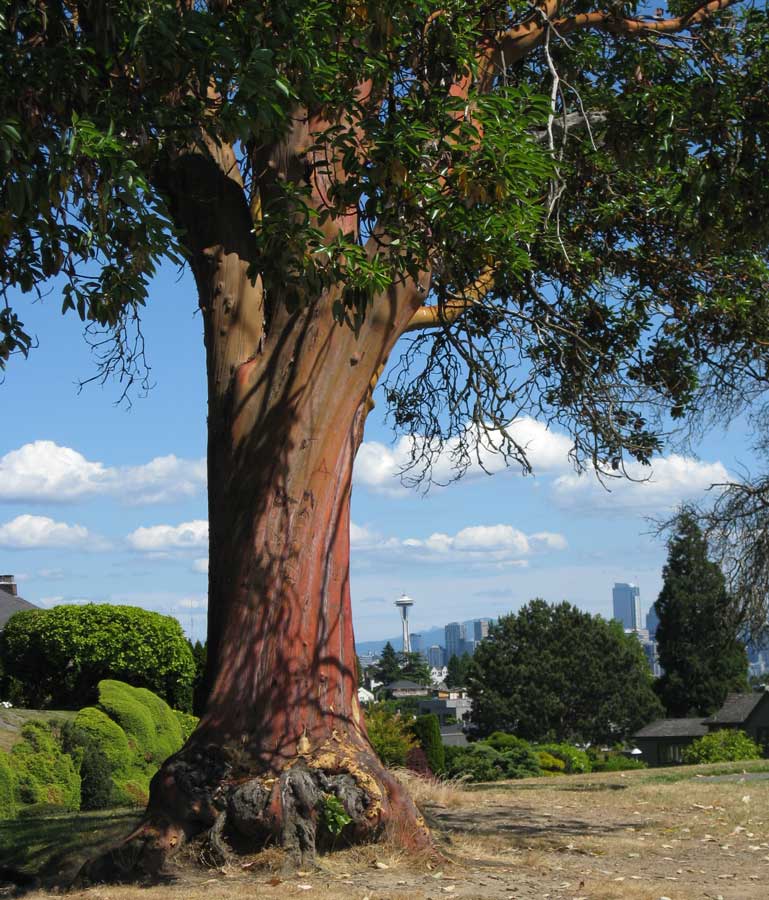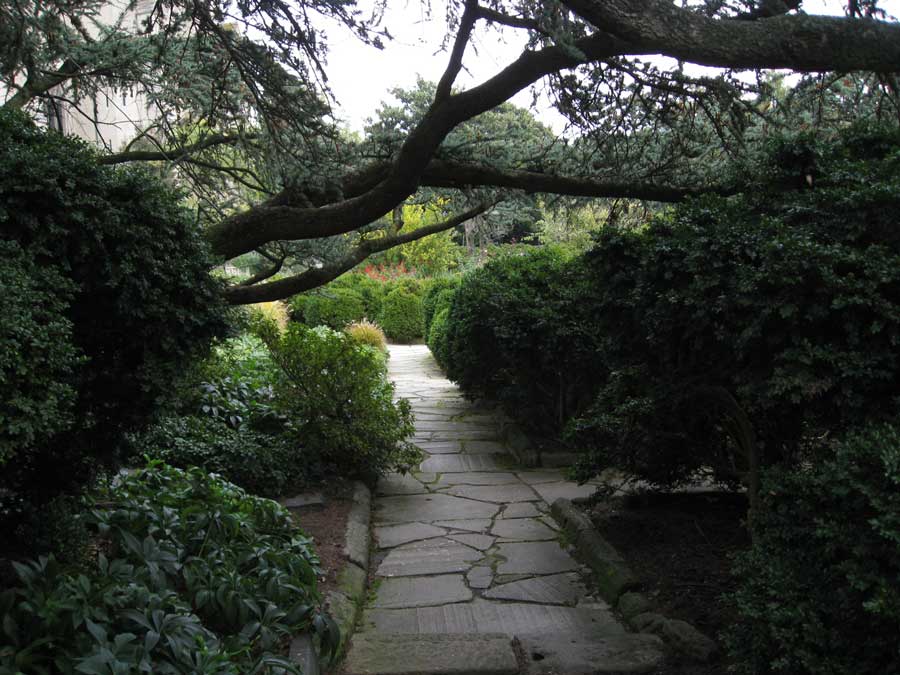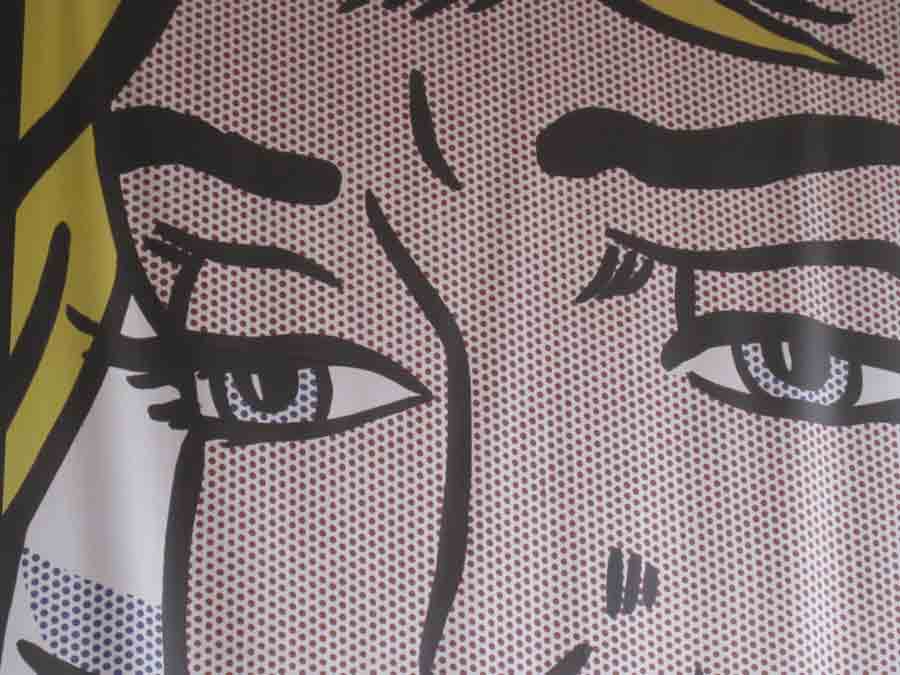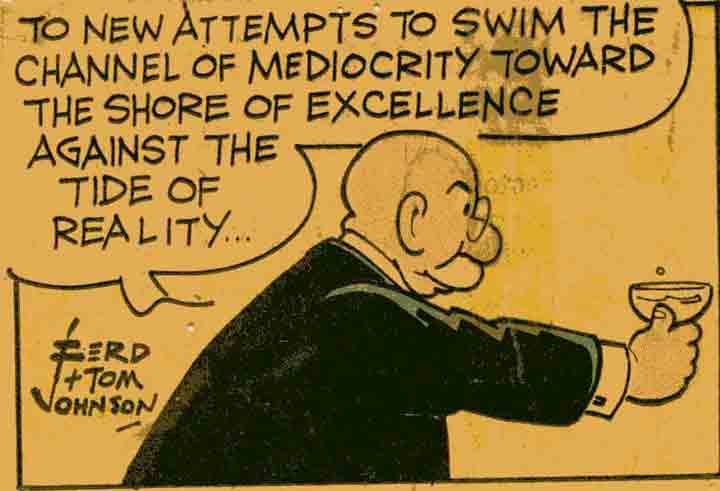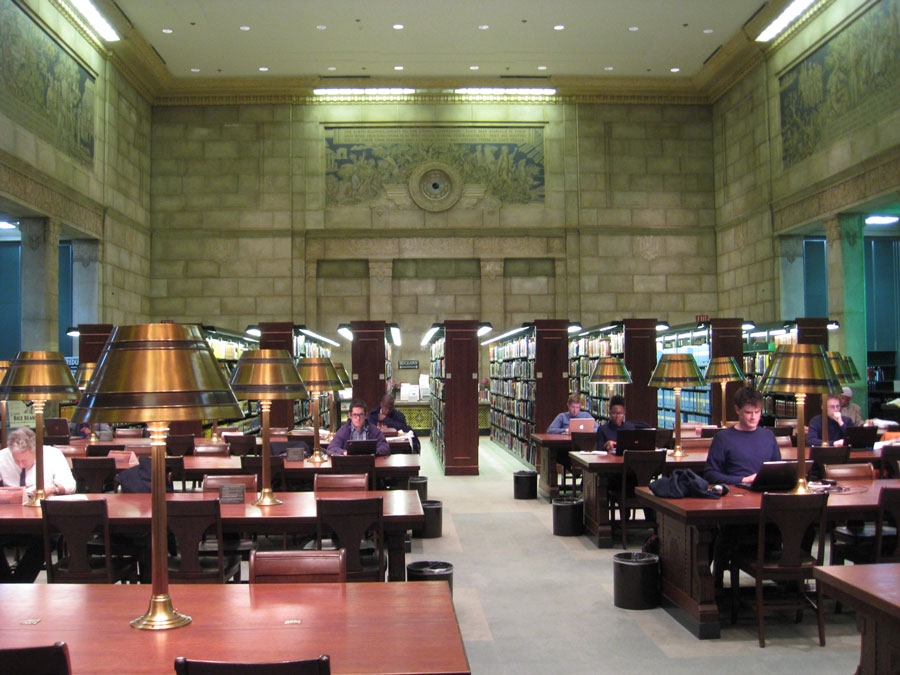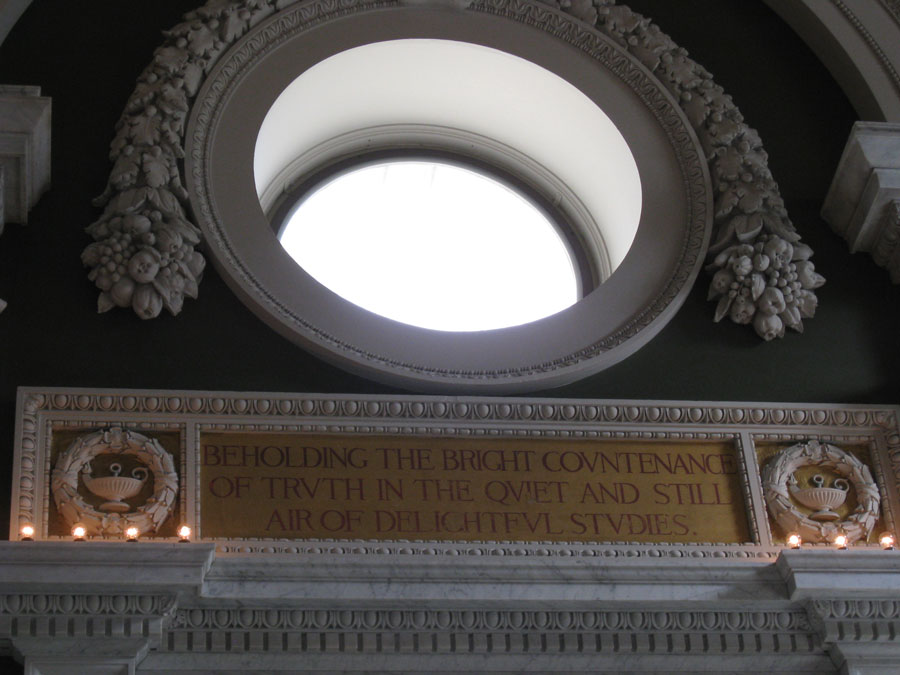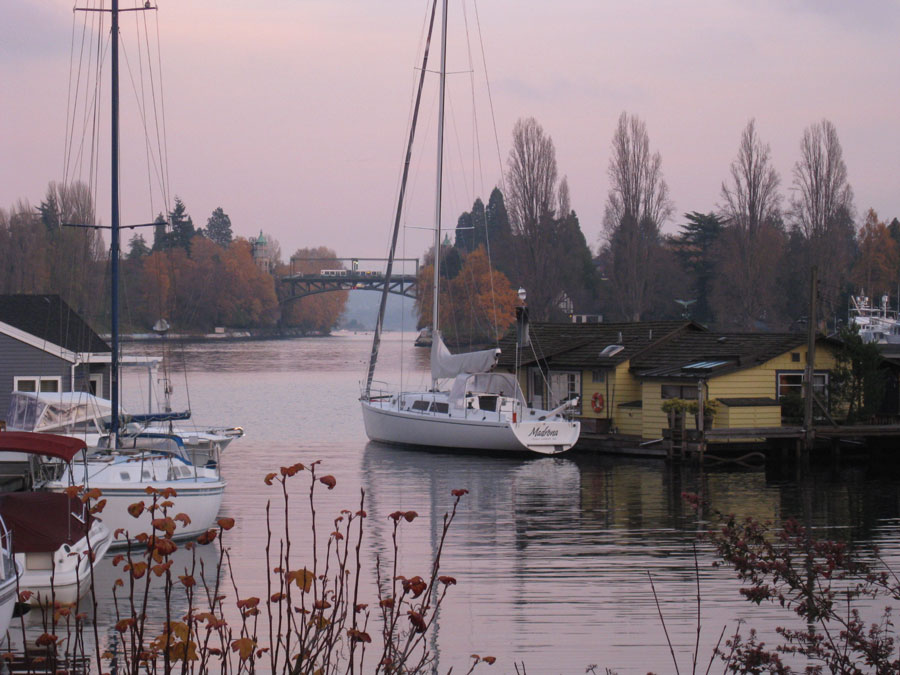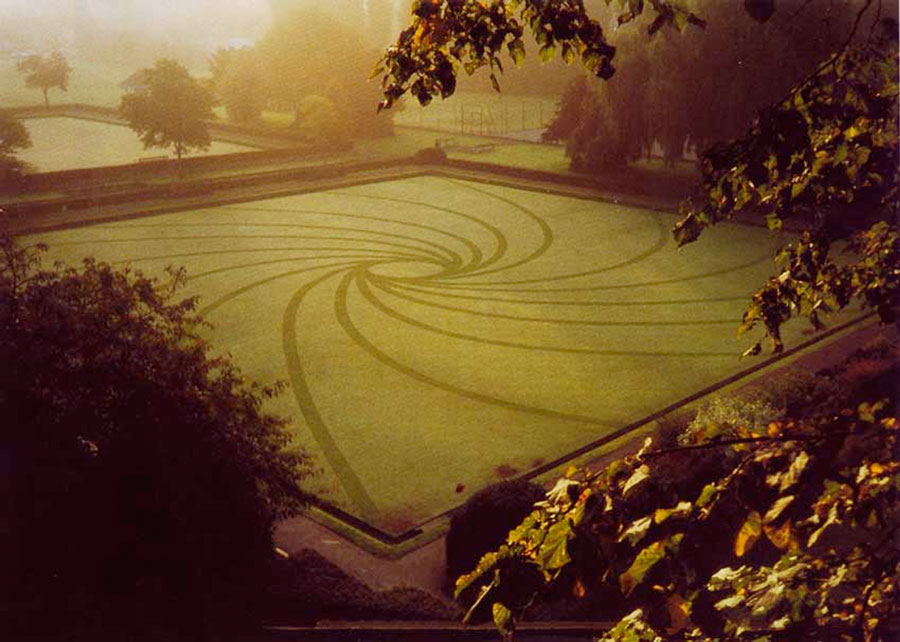
My current fave nightstand book is a small square chunk titled “The Garden Book,” which might seem unimaginative as titles go, but trust me, like the library in Terry Pratchett’s Unseen University, it’s much bigger on the inside.
The book (published by Phaidon) offers an illustrated survey of 500 of the world’s most influential gardeners. There are 500 photos, each accompanied by a tantalizingly brief paragraph about the designer or the garden.
Those who have never attempted to make a garden from scratch might be bored already, but for those of us with calloused hands and dirt under our fingernails, this book offers a stunning, inspiring, and humbling glimpse at the breathtaking scope of gardening ambitions.
Some of the gardens included are famous, others not so much. Some are modern, severe and tightly controlled. Some are wildly romantic, lush and drunk with blooms. There are examples of amazing artistry, such as Chris Parsons’ dew garden, a work of ephemeral beauty created by brushing a design on a dew-soaked lawn. Other effects take years to achieve, such as the cloud hedge at Schoten Garden in Belgium.
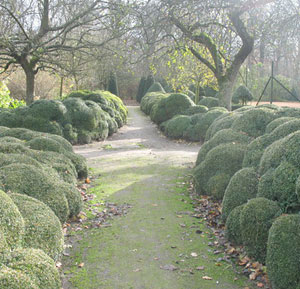
Anyone who has waited years to see a particular plant reach its peak will marvel at the patience and vision of some of these gardens. Of course, not all of us have the resources to produce anything on the spectacular scale of La Reggia di Caserta, with its nearly two-mile-long canal and water-staircases in Naples. But then, that garden was built to impress kings. We who simply aspire to produce a pleasant spot for an al fresco lunch may be content with more modest achievements.
I’ve been gardening so long, I sometimes wonder why I can’t seem to do a better job of it. Yet no matter how boldly I start out in January, planning and plotting, by September the decline is unmistakable. Some years it’s drought. Other years bugs, or blights, or heat, or cold, or fill in the blank with the personal melt-down of your choice. And, of course, the clock is ticking the whole time. You can tell yourself there will be another spring, another summer, but, you know, immortality isn’t as easy as it looks on the big screen.
Yet, in this respect, my little garden book offers a kind of sustaining perspective. Among the many gardens depicted are some whose best days were many centuries ago. Not much is left of Apadanus Palace, the once-magnificent garden showcase of Darius the Great in Persepolis. Around about 1450 B.C. Darius’s terraces and reflecting pools were the talk of Persia, yet now only the stone stairs and a few pillars remain as evidence of his personal paradise.
The fleeting nature of, well, Nature, is both its charm and its ineffable mystery. And now it’s September. The days grow shorter. The angle of the sun casts long shadows across the garden, gilding the bright leaves, the russet grasses. There’s a different kind of energy in the air as autumn begins its mellow drawing in. Somehow, even though the garden is winding down, I feel excited already about the next season.
It’s like baseball, only better. In gardening, everyone wins.
